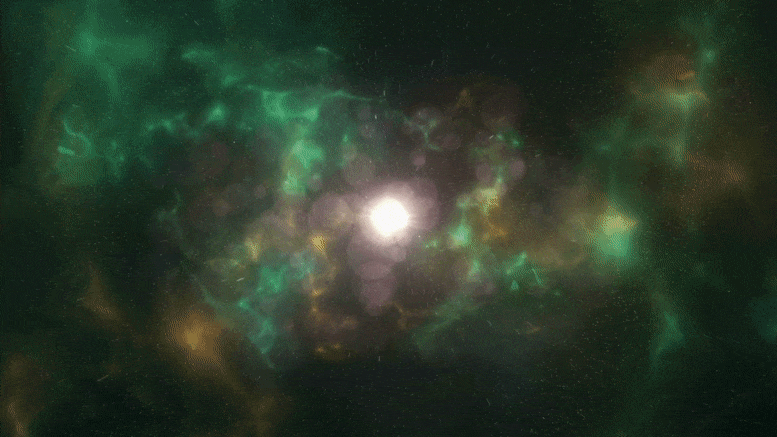
They have just developed an application of this type of detector in order to observe “small” primordial black holes.
“To this day, these primordial black holes are still hypothetical, because it is difficult to make the difference between a black hole resulting from the implosion of a star core and a primordial black hole.
Being able to observe smaller black holes, the mass of a planet but a few centimeters in size, would make the difference,” the team of researchers says.
They carry on: “We are offering experimenters a device that could detect them, by capturing the gravitational waves they emit when merging and which are of much higher frequencies than those currently available.”.
A gravitational wave “antenna,” composed of a specific metal cavity and suitably immersed in a strong external magnetic field.
When the gravitational wave goes through the magnetic field, it generates electromagnetic waves in the cavity.
This type of device, just a few meters in size, would be enough to detect fusions of primordial small black holes millions of light years from Earth.The detection method makes it sensitive to very high frequency gravitational waves (in the order of 100 MHz, compared to 10-1000 Hz for LIGO / Virgo / Kagra), which are not produced by ordinary astrophysical sources such as fusions, neutron stars or stellar black holes.
On the other hand, it is ideal for the detection of small black holes, the mass of a planet and its size goes from a small ball to a tennis ball.In addition to primordial black holes, this type of detector could also directly observe the gravitational waves emitted at the time of the Big Bang, and thus probe physics at much higher energies than the ones achieved in particle accelerators.